Prices in AUD. Shipping worldwide. Flat rate $8 postage per order within Australia. International by weight calculated at checkout. Read full terms.
-
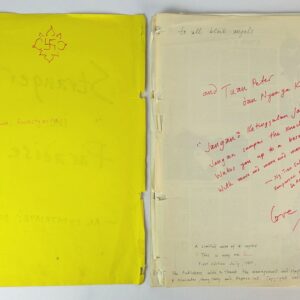
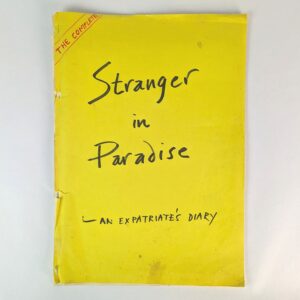
Stranger in Paradise: An Expatriate’s Diary
AU$400.00 Read MoreAdd to cartMade Wijaya
[Sanur]: Fotokopi, 1980.An Expatriate’s Diary. Made Wijaya (born in Sydney as Michael White, 1953-2016) was a landscape architect who left Sydney for Bali as a break from architectural studies at University of Sydney and stayed, immersing himself in the Balinese culture, consorting with royalty, and in 1975 was renamed Made Wijaya by a priest in a Hindu temple ceremony. This work was his first in his Fotokopi series of architecture/artists books, being a collection of articles recording his observations of life, culture, and architecture in his new home as he attends innumerable religious ceremonies. A detailed record from an expatriate perspective of culture and religion in Bali in the late 1970s. This is the First Edition published in an edition of only 4 numbered and signed copies, with a lengthy inscription from the author on the publication information page together with a gratified passport portrait photograph of the author.
-
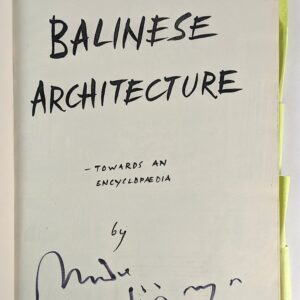
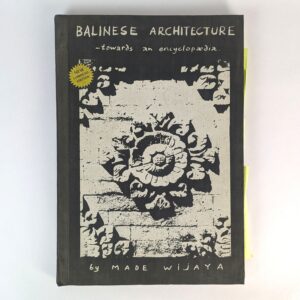
Balinese Architecture: Towards an Encyclopaedia
AU$500.00 Read MoreAdd to cartMade Wijaya
[Sanur]: Fotokopi, 1988.This book grew out of a report by students of the University of Sydney during a holiday design programme in Bali to which Wijaya was the tutor. “Most of the photographers were taken over the six months April – October, 1984. The selection is comprehensive in that it covers the full spectrum of Balinese Architecture — mountain to coastal, north to south, palatial to makeshift..” (from preface) Made Wijaya (born in Sydney as Michael White, 1953-2016) was a landscape architect who left Sydney for Bali as a break from architectural studies at University of Sydney and stayed, immersing himself in the Balinese culture, consorting with royalty, and in 1975 was renamed Made Wijaya by a priest in a Hindu temple ceremony. The New Compiled Edition, combining volumes 1 and 2. Photocopied pages (as issued) with 14 original colour photographs pasted in (copies are known to have differing numbers of added photographs). One of 50 numbered and signed copies, this copy further inscribed by Wijaya to the title page, and with numerous manuscript corrections as well as additional information tabs further describing many of the illustrations.
-
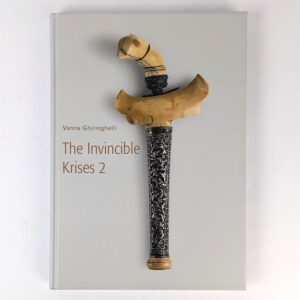
The Invincible Krises 2
AU$100.00 Read MoreAdd to cartVanna Ghiringhelli
Vercelli: Saviolo Publisher, 2007. -
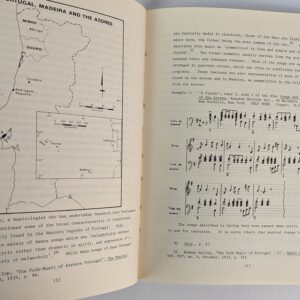
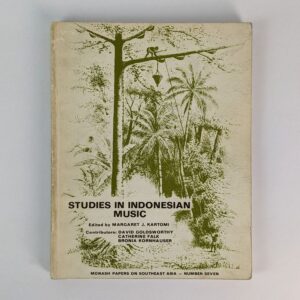
Studies in Indonesian Music
AU$60.00 Read MoreAdd to cartMargaret J. Kartomi
Melbourne: Centre of Southeast Asian Studies, Monash University, 1978.Monash Papers on Southeast Asia – Number Seven. 3 papers by David Goldsworthy, Catherine Falk, and Bronia Kornhauser, edited by Margaret J. Kartomi.
-
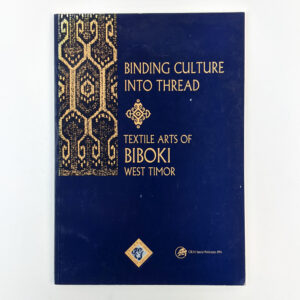
Binding Culture into Thread: Textile Arts of Biboki, West Timor
AU$50.00 Read MoreAdd to cartFiona Leibrick
Darwin: Museums & Art Galleries of the Northern Territory / The Centre for Southeast Asia Studies, Northern Territory University, 1994. -
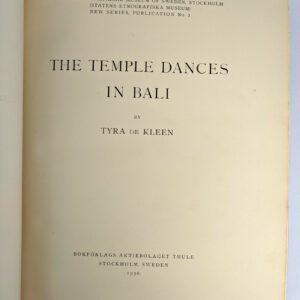
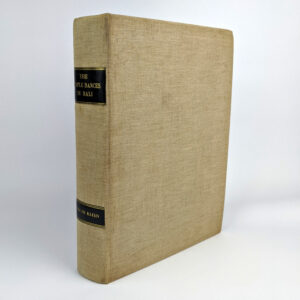
The Temple Dances in Bali
AU$3,000.00 Read MoreAdd to cartTyra de Kleen
Stockholm: Bokforlags Aktiebolaget Thule, 1936.Tyra Kleen (1874-1951) was a Swedish artist, ethnographic researcher, keen theosophist, cosmopolitan woman of the world, and a founding member of Foreningen Svenska Konstnarinnor (The Association of Swedish Women Artists). Kleen studied painting in Germany and France, lived and socialised with the cultural elite in Rome at the turn of the 19th century, and travelled, exhibited, and socialised extensively around the world. A fiercely independent character, despite rampant misogyny, she managed to skilfully manoeuvre and at times manipulate to achieve her ambitious goals. She spent many years throughout the 1910s and 1920s in Indonesia, studying ceremonial dance, and produced a number of books on dance, theatre, and ritual in Java and Bali, and in 1938 was awarded the Johan August Wahlberg for her work there. The Temple Dances in Bali includes short text on the Legong, Chalon Arong, and Joghed dances, costume, and music, with illustrations in the text, complimented by numerous captioned plates by Kleen. First published in Swedish in a limited edition of 300 copies as Tempeldanser och musikinstrument pa Bali, and here translated into English for the first time. The Ethnographical Museum of Sweden, Stockholm (Statens Etnografiska Museum) New Series, Publication No. 2.
